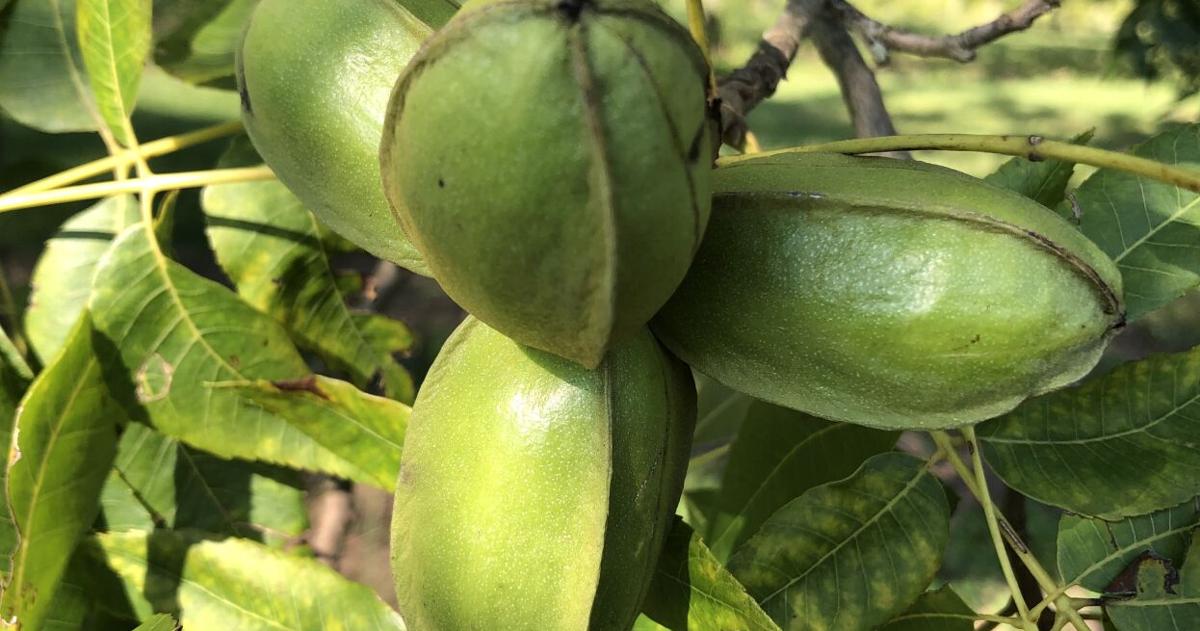By By Glen Payne Special to The Post and Courier,Provided/glen Payne
Copyright postandcourier

Pecan trees and their hickory tree cousin are nutty buddies not from South Carolina.
The pecan is the only nut tree native to the United States and is indigenous to North America. It is found along creek banks in Texas, Louisiana and Mississippi, and has been domesticated and planted farther east, to South Carolina.
Pecan trees are not dominant in the landscape, but can grow and prosper if properly tended to, which can be a hard nut to crack.
Pecan trees are best suited to large landscapes and natural settings. They love the sun but can survive in part-shade. They like the Lowcountry’s native sandy loam soils that drain quickly, but do not have tolerance for saltwater intrusion. Pecan trees can reach up to 100 feet in height and mature to a 70-foot-wide canopy, providing large areas of shade during long, hot, sunny summer days.
The branches and trunks of their trees are smooth, often becoming fissured as they mature. These branches can be brittle, so trees are best maintained when trained to have a dominant central leader with the strength to support other branches that bear fruit.
Pecan trees should be planted on 80-foot centers, giving them space to grow out.
Trees with fewer limbs possessing a more than 45-degree angle are best at supporting nut production, bearing the heavy load as nuts grow with increased water retention during late summer. As the fruit matures, this makes the branches strain under the pull of gravity as they ripen.
The optimum amount of water for pecan trees is 2 inches per week. They require extra love and attention to maintain production (which can take up to six to seven years from time of planting).
Always be mindful when you’re planting your tree, not only of the potential mature size of the tree, but the falling fruit, leaves and husks that stain hands, clothes and pavement.
There are numerous pests and diseases which can afflict pecan trees that planters should also be on the lookout for. The best bet is to plant varieties that are disease-resistant and not as prone to pests and fungal diseases. Diseases include pecan scab, anthracnose, powdery mildew and verticillium wilt. These may kill individual branches or, at times, whole sections of a tree and require careful observation.



